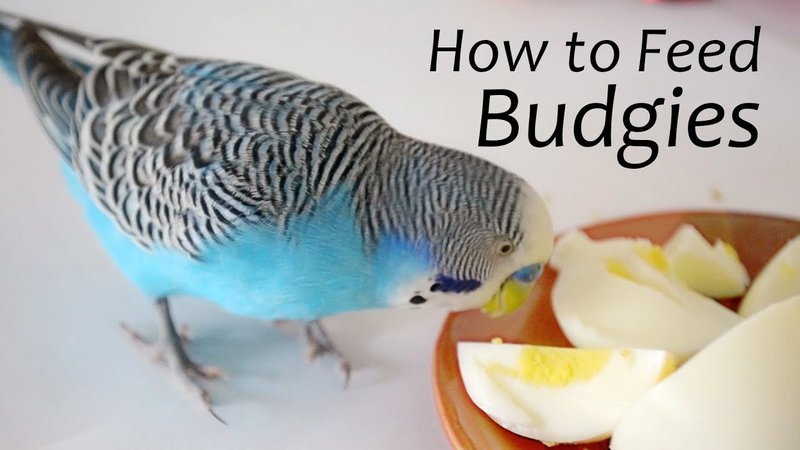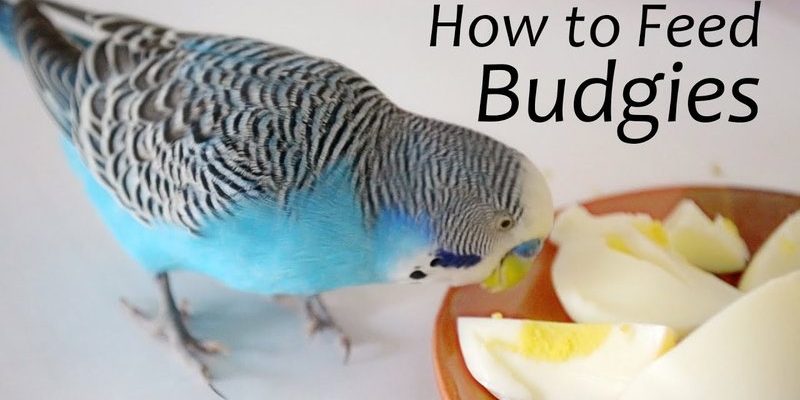
When it comes to caring for your budgie, diet is a big deal. Think of your budgie’s food choices as the fuel that keeps their tiny engine running. Just like you wouldn’t fill a high-performance car with low-grade gas, your feathery friend needs the best nutrition to thrive. So, what do budgies eat? Understanding their dietary needs
can help ensure they stay healthy, happy, and full of energy.
With so many options out there, it can feel confusing to figure out the right combination of seeds, pellets, fruits, and veggies. You might even wonder if those colorful seed mixtures are really what they need or if there’s something more balanced you should be offering instead. Here’s the scoop on crafting the best diet and feeding schedule for your budgie, so you can make sure they’re living their best life.
Understanding Budgie Nutrition
Budgies, or *budgerigars*, are small parrots that hail from Australia. In the wild, they munch on seeds, grains, and some fruits and veggies. However, domesticated budgies often have different nutritional requirements. It’s essential to provide a diet that mimics what they would find in their natural habitat.
To start, the cornerstone of a budgie’s diet typically includes a mix of high-quality seeds and pellets. Seeds alone aren’t enough—they can be higher in fat and lower in the vitamins and minerals your budgie needs. Pellets, on the other hand, are often fortified with essential nutrients. Think of pellets as the balanced meal you might prepare for yourself: a little bit of everything to keep you healthy.
You might be wondering if it’s okay to give your budgie treats. The answer is yes! However, treats should only make up a small portion of their diet, about 10-15%. This is where fresh foods come in, providing important vitamins that a seed-only diet simply can’t offer.
The Best Foods for Your Budgie
So, what should you be filling your budgie’s bowl with? Here’s a straightforward list of foods that will keep your little buddy buzzing with energy:
- Seeds: Look for a mix that includes millet, oats, and canary seeds. Just remember to avoid too many sunflower seeds since they’re high in fat.
- Pellets: Brands like Harrison’s or Roudybush create specialized diets designed for budgies—these are your go-tos.
- Fruits: Apples, berries, and bananas are fantastic options, but always remove seeds from fruits before serving.
- Vegetables: Leafy greens like kale, spinach, and broccoli are nutrient-dense snacks that your budgie will love.
- Grains: Cooked quinoa, rice, or oats can serve as great additions to their diet.
When introducing new foods, take it slow. Budgies can be a bit picky, so it’s essential to offer a variety of options and allow time for them to explore these new tastes.
Creating a Balanced Diet
Building a balanced diet is essential for your budgie’s long-term health. A good rule of thumb is to structure their meals around the 70-30 rule. This means that about 70% of their diet should consist of pellets or a high-quality seed mix, while the remaining 30% should come from fresh fruits, vegetables, and occasional treats.
Here’s how you can break that down in practice:
1. Morning: Start their day with fresh pellets and a sprinkle of seeds.
2. Afternoon: Introduce a small portion of fresh vegetables or a fruit treat.
3. Evening: Round off the day with a small serving of seeds as a snack.
By keeping this schedule, you’ll ensure that your budgie is receiving a balanced diet throughout the day, which can lead to improved mood and energy levels.
The Importance of Fresh Water
While you’re busy curating the ultimate feeding schedule, don’t forget about water. Fresh, clean water is just as important as their food. Budgies love to drink, and they need access to clean water daily.
You should change their water at least once a day, ideally twice, to prevent bacteria buildup. Additionally, make sure the water dish is easy for them to reach and not too deep. You might even notice your budgie taking a little dip in the water, which is perfectly normal and good for their feathers!
Feeding Schedule Tips
Establishing a feeding routine can help keep your budgie on track and make mealtime easier for both of you. Here’s a simple schedule you might consider:
1. Morning feed: Offer pellets and fresh seeds first thing in the morning.
2. Midday snack: Around noon, introduce fresh veggies or fruits.
3. Evening treat: Give a small portion of seeds before bedtime.
This routine creates a structure that your budgie can get used to, allowing you to monitor their eating habits and adjust as needed.
Common Feeding Mistakes to Avoid
Even the most dedicated budgie owners can make mistakes. Let’s highlight a few common pitfalls to avoid:
– Over-relying on seeds: Seeds are tasty, but if they make up most of the diet, your budgie could become malnourished.
– Ignoring fresh foods: Forgetting to offer a variety of fruits and vegetables can lead to vitamin deficiencies.
– Not cleaning dishes: Old food can attract bacteria, leading to health issues. It’s crucial to clean food and water dishes daily.
By steering clear of these mistakes, you’ll help create a healthier environment for your budgie to thrive.
Feeding your budgie the right diet isn’t just about filling a bowl—it’s about understanding their needs and ensuring they get a balanced, nutritious array of foods. By focusing on high-quality seeds, pellets, fresh fruits, and veggies, you’ll be setting your little friend up for a vibrant life.
Adopting a structured feeding schedule will not only simplify your routine but also help your budgie adjust to a diet that promotes their health and happiness. Remember, a well-fed budgie is a happy budgie, and that joy will resonate in their chirps and songs throughout your home!

